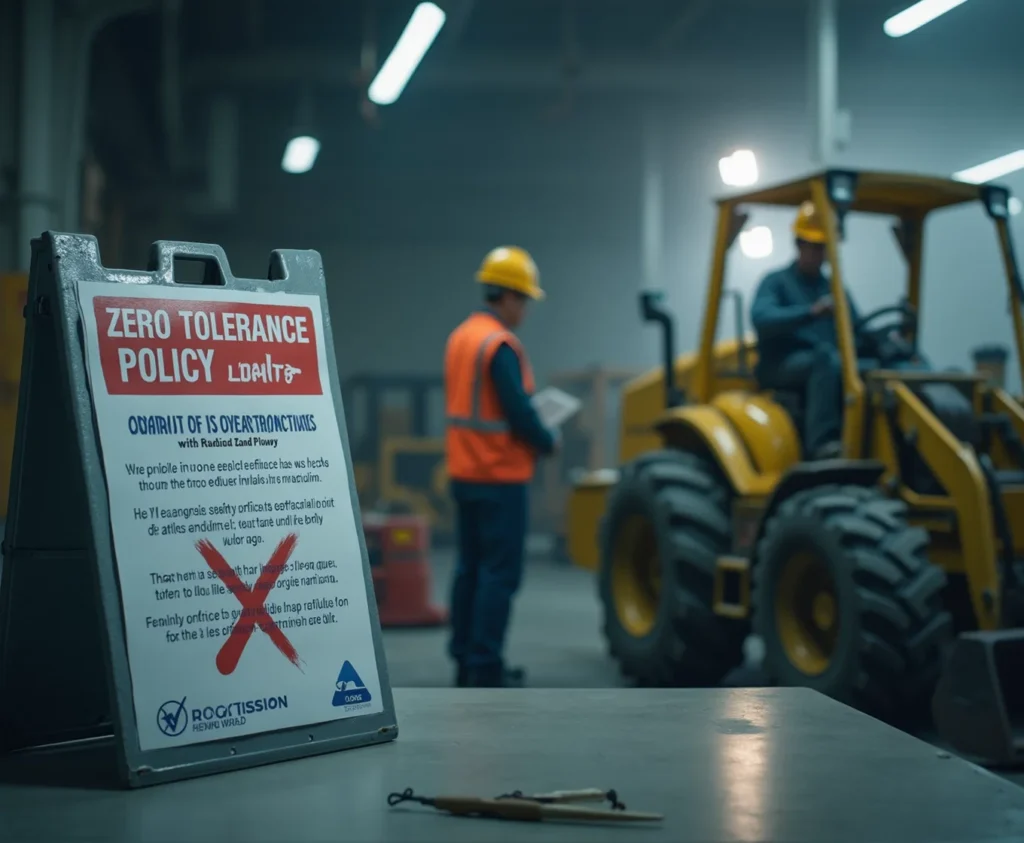The DOT stance on Cannabis

Why This Matters
Even if you don’t feel high or impaired, marijuana can still affect your ability to safely do your job—especially in a safety-sensitive role.
The Department of Transportation (DOT) has strict regulations that prohibit marijuana use for employees in safety-sensitive positions. This includes truck drivers, pilots, train operators, and others in roles where public safety is on the line.
These rules apply even if marijuana is legal for medical or recreational use in your state.
Why the DOT Takes It So Seriously
The safety of the public—and keeping the transportation system running safely and smoothly—are top priorities.
Just like alcohol and certain prescription medications, marijuana is tightly regulated for anyone in a safety-sensitive job.
The DOT’s policy is based on strong evidence. Marijuana can impair thinking, reaction time, coordination, and decision-making—all critical for doing high-risk work safely.
THC, the active compound in marijuana, affects your brain and body in ways that can lead to mistakes, slow responses, and poor judgment. In a safety-sensitive role, that can result in serious accidents and endanger lives.
It Stays in Your System Longer Than You Think
Marijuana can stay in your body long after the high wears off.
THC is stored in fat cells and can be released slowly over time. That means you might still be impaired hours—or even days—after using.
In DOT-covered jobs, any level of impairment can be dangerous—and disqualifying.

Zero Tolerance and Second Chances
Because of these risks, the DOT enforces a zero-tolerance policy for marijuana use among safety-sensitive employees. That means no marijuana use is allowed—no matter when or where you used it, or whether it was legal at the time.
Following DOT rules isn’t just about avoiding legal trouble. It’s about protecting public safety, your coworkers, and yourself. It’s also about maintaining trust in the entire transportation system.
If you’ve failed a drug test, the DOT offers a path forward. The Return to Duty process, including this course, is how you get back to work—with a clear understanding of what’s expected.
Finishing this course is part of proving you’re ready to return to work safely. This is your chance to move forward, protect your job, and help keep yourself and others safe.
